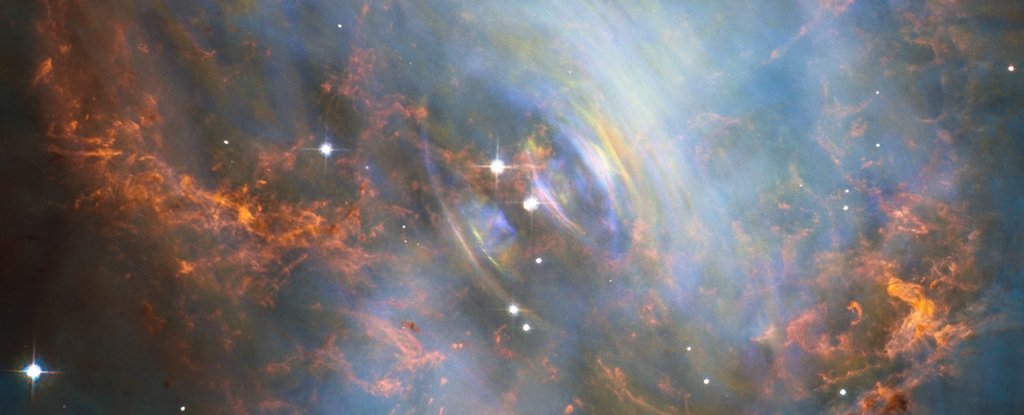ARTICLE AD
SpaceX is getting ready to launch a billionaire-led crew on a first-of-its-kind mission that’s far more dangerous than any other private venture to space. The private crew will attempt many firsts, including the first commercial spacewalk, the first time SpaceX’s extravehicular spacesuits are worn by astronauts, and the first test of Starlink’s laser-based communication in space.
The Polaris Dawn mission will launch no earlier than Monday at 3:38 a.m. ET, according to NextSpaceflight. The launch will be livestreamed on the SpaceX website and via X. The initial attempt at launch was on August 28, but it had to be postponed due to an issue with ground equipment. Bad weather resulted in further delays.
Polaris Dawn is the first of three private missions on board a SpaceX Crew Dragon spacecraft purchased by tech entrepreneur Jared Isaacman. The wealthy space enthusiast is launching alongside retired Air Force pilot Scott Poteet, as well as SpaceX engineers Sarah Gillis and Anna Menon.
The four-person crew will ride on board SpaceX’s crew capsule, which is set to reach higher altitudes than any other Dragon spacecraft. The capsule is expected to reach a maximum orbit of 870 miles (1,400 kilometers) above Earth, also setting a new record for Earth-orbit apogee (the farthest point reached away from the planet) for a crewed mission. NASA’s Apollo missions may have traveled farther to reach the Moon, but the spacecraft didn’t reach such high altitudes while orbiting Earth.
With the crew on board, Dragon will fly towards the Van Allen radiation belts, a region of energetic charged particles that begin at around 600 miles (1,000 kilometers) above Earth. The purpose of the mission will be to test the effects of the region’s radiation on astronaut health. The trapped particles of the radiation belts surround Earth like an enormous donut, and are considered one of the main hazards for future astronauts headed towards Mars, according to NASA.
If being exposed to all that sweet, sweet radiation in space wasn’t enough, the astronauts will also attempt the first spacewalk by a private crew. At approximately 430 miles (700 kilometers) above Earth, two crew members are scheduled to exit the crew capsule into the vacuum of space for a groundbreaking extravehicular activity (EVA).
Unlike the International Space Station, Dragon isn’t equipped with an airlock. Therefore, in order for two crew members to exit the crew capsule and out into space, the entire spacecraft will have to be depressurized for about two hours, exposing all four astronauts to the vacuum of space. That means the entire crew will have to rely on their spacesuits—which are being worn in space for the very first time—for their survival during that time.
In May, SpaceX unveiled the brand new spacesuits to be donned by the crew as they attempt the daring feat. SpaceX’s long-awaited EVA suit is an upgraded design of the company’s astronaut suits currently worn by astronauts on board Dragon, with additional features to support extravehicular activities. The suit’s 3D-printed helmet now has a visor to reduce the glare from the Sun while astronauts are outside of the space station, as well as seals and pressure valves to help ensure it remains pressurized throughout the spacewalk.
The four astronauts plan to stay in orbit for up to five days, during which they will conduct over 30 research studies and experiments. These include gathering data on radiation conditions in space and conducting several experiments related to human survival in space.
As part of the mission, the crew will also be the first to test SpaceX’s Starlink laser-based communication in space. The company’s broadband satellites use lasers to relay data between one another at the speed of light, and SpaceX is hoping to develop the technology to aid in communication systems for future missions to the Moon and Mars.
As far as private missions are concerned, Polaris Dawn has certainly set itself apart with a number of wild first attempts aimed at breaking new ground for the commercialization of space. Isaacman himself has already entered the world of private space tourism, which he did in 2021 as part of the Inspiration4 mission, raising $240 million for St. Jude Children’s Research Hospital.
The billionaire’s prior spaceflight experience involved orbiting Earth on board a Dragon capsule for three days. It’s safe to say that this mission is more than just a joyride in space, and that there’s a lot more at stake.
More: SpaceX’s Falcon 9 Rocket Grounded Before Launching Billionaire on Private Mission

 2 months ago
22
2 months ago
22 

